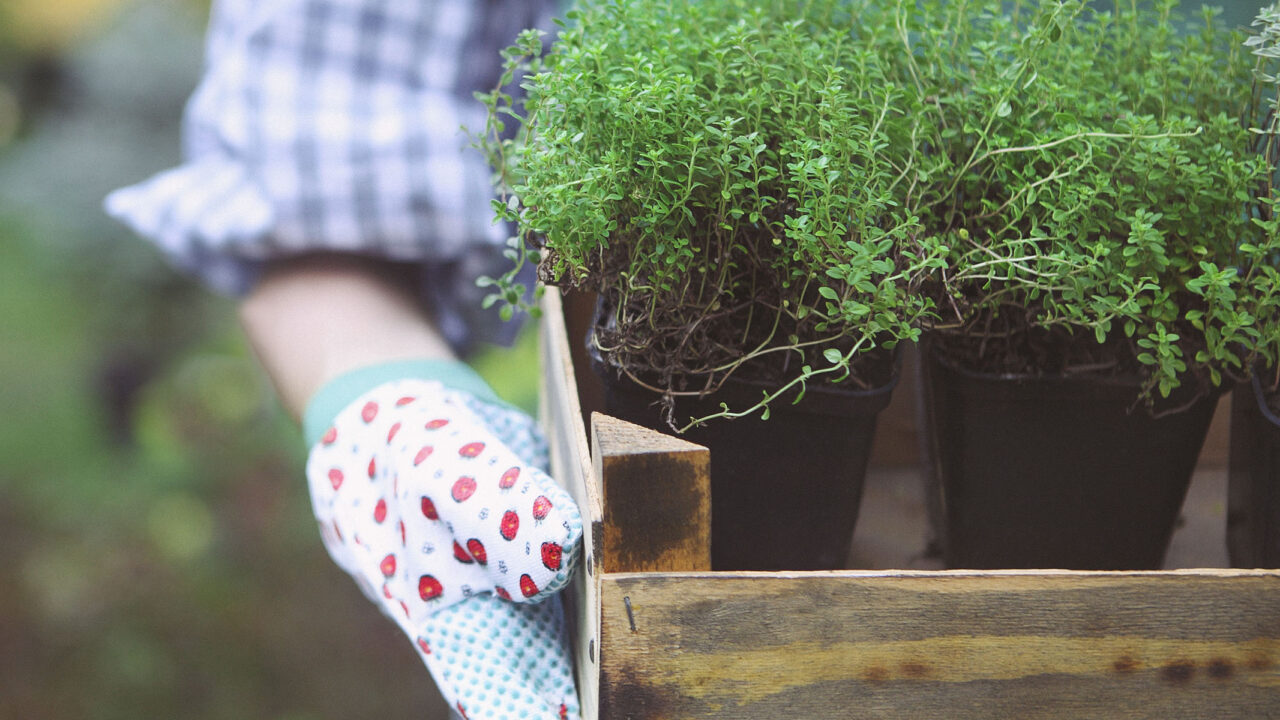Gardeners smile when flowers are blooming in their garden beds. But it is the nose that delights in the sweet fragrances of the garden. With virtually year round gardening available to us in Houston, don’t forget the importance of adding fragrance in your garden. Our sense of smell is our most primal sense and it alone can change our mood in an instant and whip our olfactory receptors into a frenzy.
For me, it is the sweet smell of orange blossoms at my back gate.
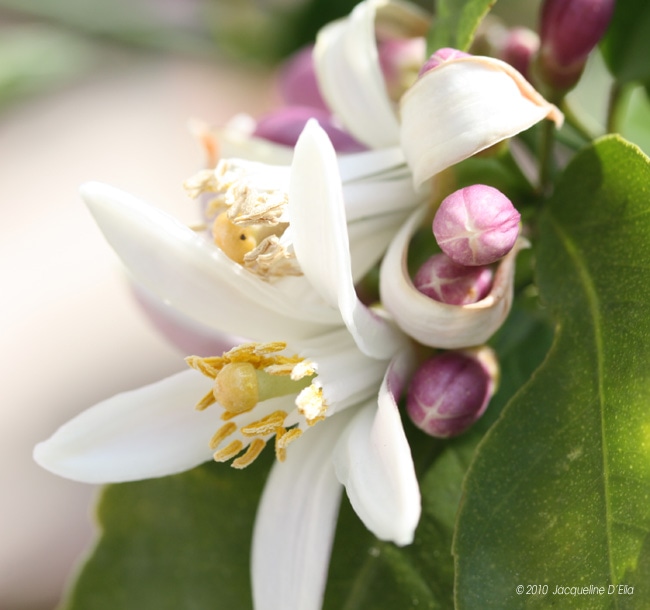
Star jasmine in bloom in my neighborhood.
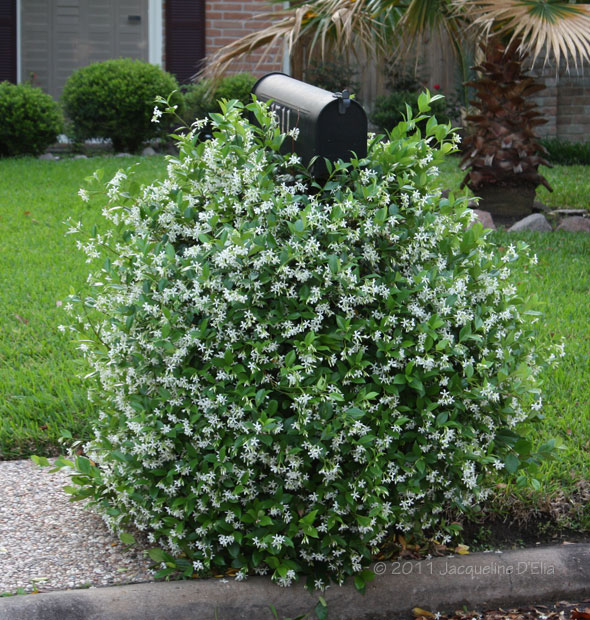
A tropical waterlily on it’s first day in bloom. (Waterlilies can be picked on the first day and brought indoors to enjoy for up to three days – just like a cut flower. Most tropical ones are very fragrant.)

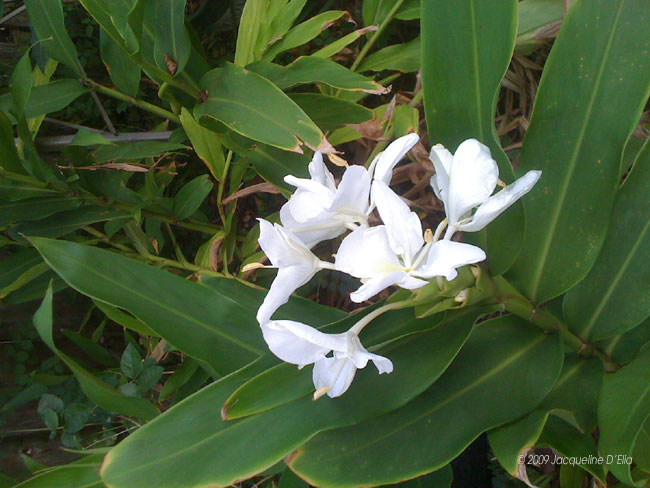
A fragrant bloomer in summer is Butterfly Ginger (Hedychium coronarium) which prefers moist shady areas. Makes a good cut flower for scenting your home. Dark green foliage on strong stalks look nice in a vase.
Herbs
When we think of fragrance in the garden, remember it is not just flowers. Foliage and leaves can smell just as sweet. Most herbs are very aromatic and provide the added benefit on enticing our palette too.

Rosemary, mint, basil, sage, lemongrass, Mexican Mint Marigold, oregano, and lavender add a wonderful element to your garden. They’re easy to care for. Their value in the garden and on your kitchen table can not only boost your sense of well-being, they can do wonders for your health too.
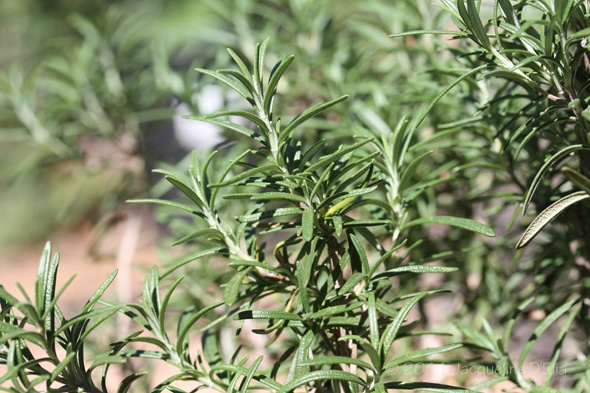
If your garden lacks fragrance, here are some plant selections that are sure to delight your senses.
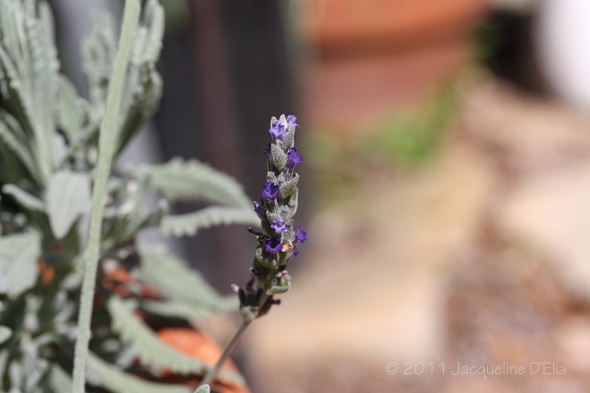

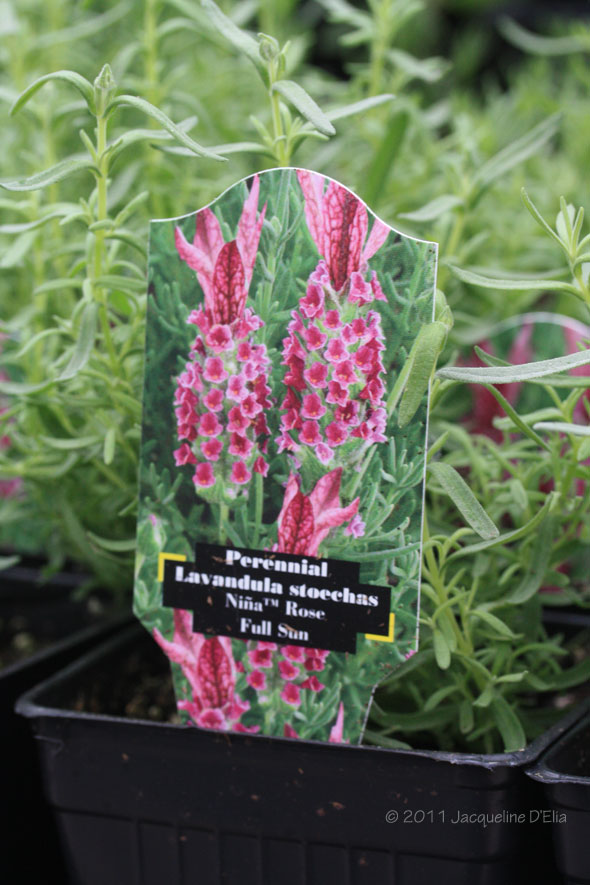
Lavender can be a bit tricky in our humidity. I planted several Goodwin Creek Lavenders in a large terra-cotta planter last fall. I mixed in well draining soil – adding a little sand to the mix – and finally mulched it with pea gravel. It is blooming right now and is very fragrant – the silvery foliage is very pretty too.
Shrubs, Perennials, Vines and Fruit Trees
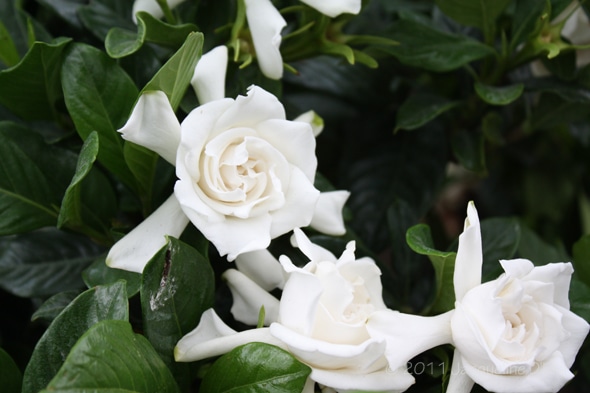
Gardenia (Gardenia jasminodies)
Flowering shrub that prefers acidic well-draining soil and produces an unmistakable sweet and exotic fragrance. Requires similar care as with azaleas.
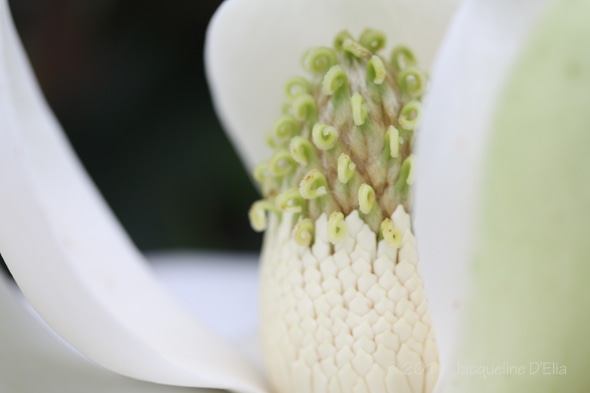
Little Gem Magnolia (Magnolia grandiflora ‘Little Gem’)
Grows from 15′ to 20′ tall and produces an abundance of fragrant, large white flowers from early summer through late fall. The flowers are a work of art up close.
Others include:
Sweet olive (Osmanthus fragrans)
Evergreen shrub with small fragrant flowers. Prefers moist, fertile soil with good drainage.
Banana Shrub (Michelia figo)
Fragrant showy flowers that smell like sweet bananas on a slow growing compact shrub. Requires moderate watering. Plant in partial shade.
Buddleia (Buddleia davidii)
Fast grower with long blooms that is a butterfly magnet! Low maintenance, except for annual pruning. There are compact and full size varieties.
Night Blooming Jessamine (Cestrum nocturnum)
Very strong, fragrant Jasmine aroma! Blooms at night. Filtered sun and regular water with well-draining, sandy soil.
Almond Verbena (Aloysia virgata)
Large v-shaped shrub with arching limbs and very fragrant white flowers that attract butterflies and hummingbird.
Star Jasmine (Trachelospermum jasminoides) – Also known as Confederate Jasmine, this evergreen vine puts off a show in spring with a flush of bright green new growth and small white fragrant blooms in the shape of a star. A good choice for a trellis where you can shape it as desired.
Citrus trees – Meyer Lemon, Moro Blood Orange, Lime to name a few. Their blooms in spring are highly fragrant.
Autumn Sage (Salvia greggii)
Tough perennial with small flowers spring through frost. Attracts butterflies and hummingbirds. Varieties include red, pink and white flowers.
Last but not least….
Roses
There are many fragrant roses to choose from. Here is just a few…

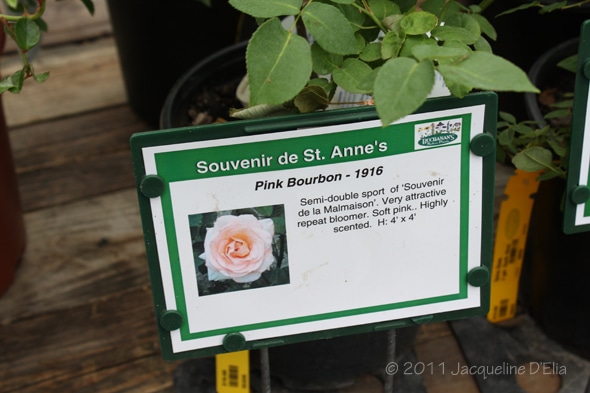
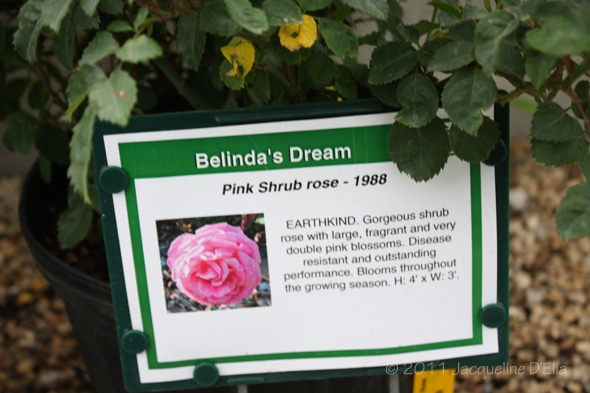
Tips for creating a fragrant garden:
- Placement – depending on where you spend most of your time outdoors, plant fragrant varieties where you can enjoy them most.
- Fill planters with fragrant sage, scented geraniums or gardenias near gates and entrances.
- Season considerations – ideally plant several kinds of fragrant plants that will bloom at different times of the year.
- Incorporate fragrant herbs and perennials throughout your garden including sage, basil, rosemary, thyme, dill, lemongrass, mint, and lavender.
What fragrances are in your garden now?
Leave a comment below and share yours.
Want to learn more?
Visit Buchanan’s today and we’ll be happy to show how to add a little spice to your garden.
